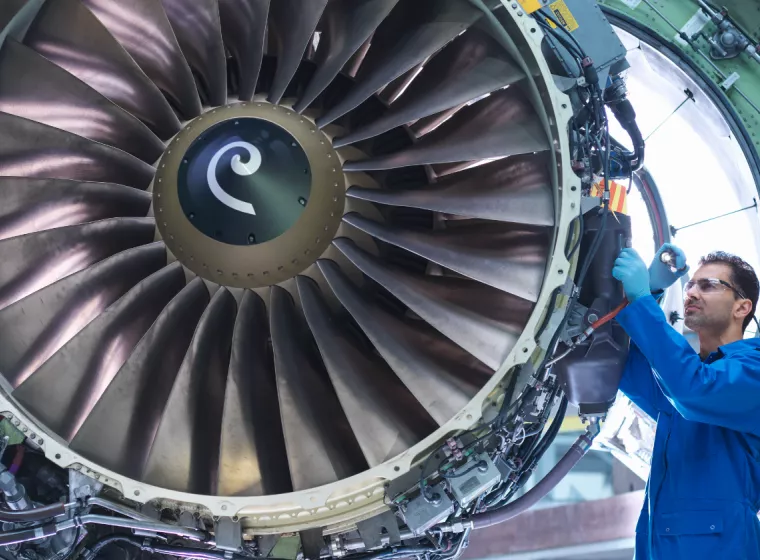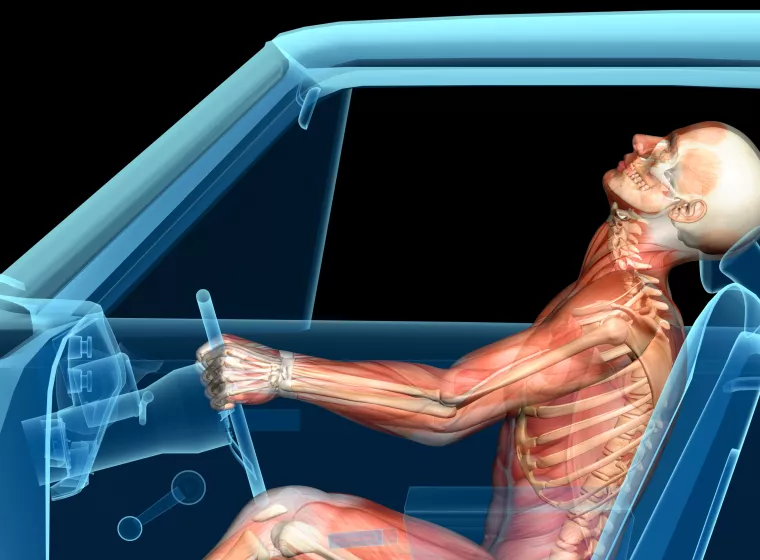
THE CHALLENGE
During a transatlantic flight from Trinidad and Tobago to New York, a B737-800 encountered turbulence, resulting in low-magnitude accelerations on the aircraft. Following the turbulence, a passenger complained of neck and back pain and claimed that the turbulence event was the source and should have been avoided by the pilot. It was up to Exponent to determine how the loading on the passenger due to turbulence compared to spinal injury mechanics and tolerance, as well as common non-injurious spinal loading conditions.
EXPONENT'S MULTIDISCIPLINARY SOLUTION
Exponent was asked to evaluate the overall aircraft dynamics as well as the passenger's injury complaints and injury potential as they related to the turbulence. A multidisciplinary team with expertise in flight dynamics, pilot operation, and injury biomechanics was assembled to analyze this incident.
Exponent's Impact
Review of the aircraft's digital flight data recorder provided data for comparison to the flight envelope and standard flight loads for use in assessing the biomechanical loads on the passenger's spine. After evaluating aircraft dynamics, we established that the turbulence encountered was comparable to in-flight accelerations and variations in altitude and attitude regularly encountered during commercial aircraft operation and did not constitute an upset or extreme turbulence event. Analysis of the passenger's injury complaints and the biomechanical loads during the incident found a lack of an acute mechanism for her complaints and determined that the loading during the turbulence would have been less than she would have sustained while boarding the aircraft, stowing her luggage, and taking her seat.
What Can We Help You Solve?
Exponent has dedicated aviation and biomechanics experts who can help determine the cause of aviation incidents and the extent of injuries sustained as a result. With more than 50 years' experience in aviation and injury analysis, Exponent can assist with incident reviews and reports.

Aeronautical Engineering
Engineering consultation for commercial aviation, aerospace technologies, and drones.
![Aeronautical Engineering [TS]](/sites/default/files/styles/cards_home_card/public/media/images/GettyImages-1401132682.jpg.webp?itok=KPBpqnE2)
Mechanical Engineering Expertise for Aviation & Aerospace
Address complex mechanical engineering problems involving general aviation or commercial aircraft.

Biomechanics
Breakthrough biomechanical insights to inform product or program development.

Biomechanical Testing & Modeling
Uncover the root cause of injuries with robust and advanced biomechanical analysis.

Biomechanical Injury Investigations & Analysis
Skilled biomechanical analysis to help determine the cause of specific injuries and communicate results in a relevant and clear context.

